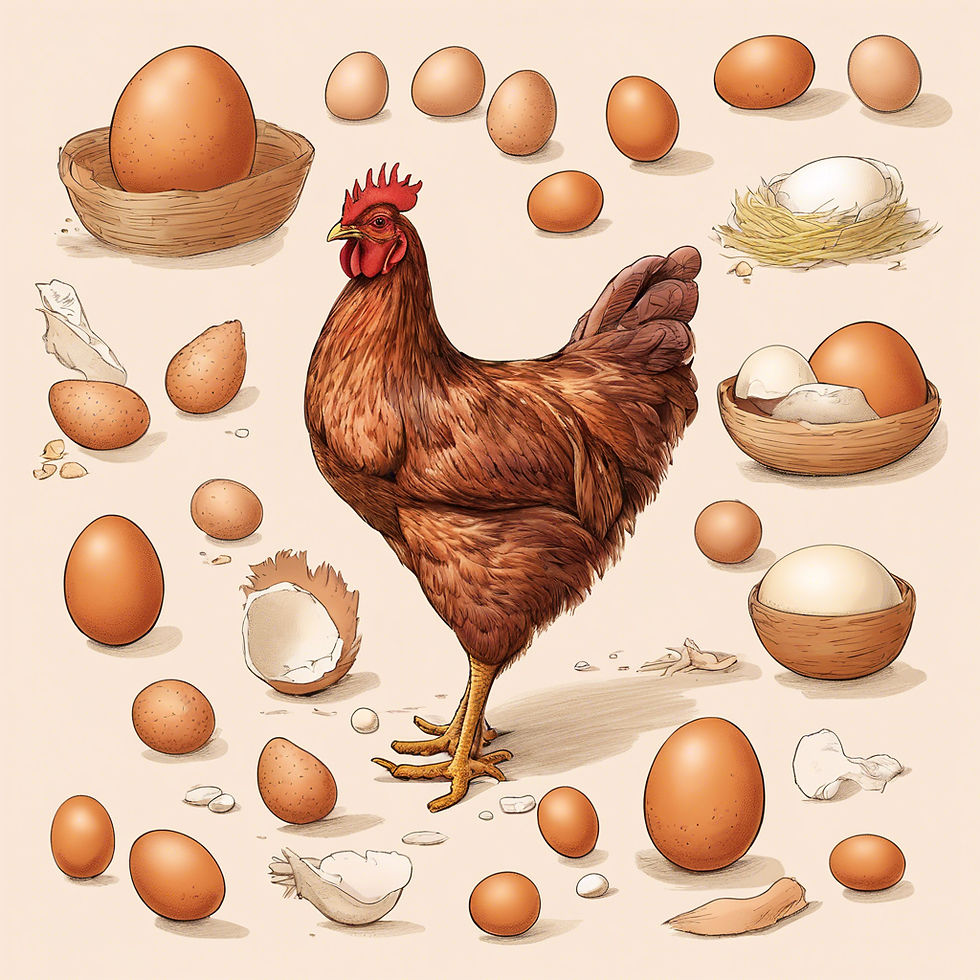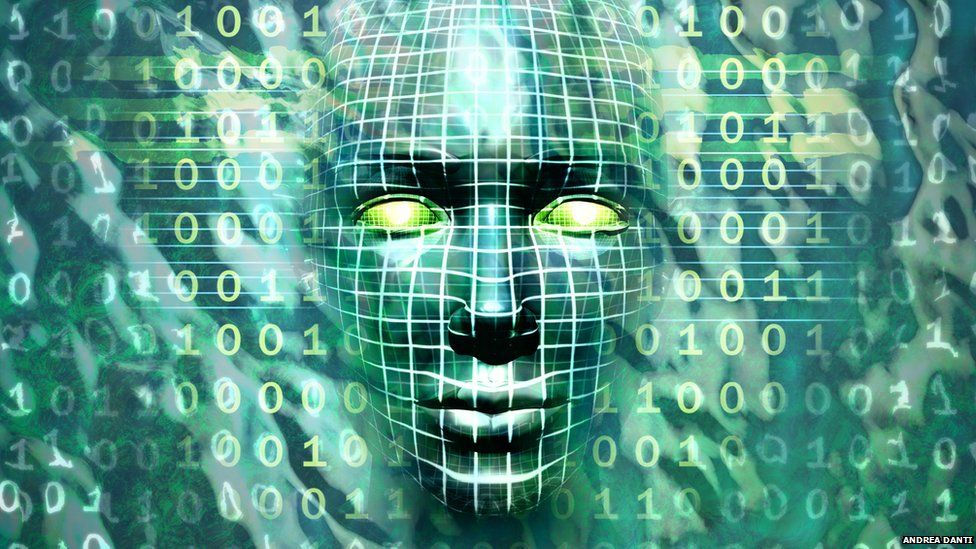Cracking the Cosmic Code: Dashavatars and the Eternal Chicken and Egg Enigma
- rajeshvanapalli501
- Jul 21, 2024
- 3 min read
Hello everyone, I'm here again this week to discuss an intriguing topic: the "Chicken and Egg problem." By the end of this article, you'll discover the answer to this age-old question and hopefully be convinced by my perspective. So, let's not delay any further and delve right into it!
To unravel the Chicken and Egg problem, it's crucial to grasp the concept of evolution. As your trusty teacher, I'll enlighten you on this journey. Let's start with some background on Dashavatara, the ten primary avatars of the ancient Indian god Vishnu. The list begins with Matsya (fish), followed by Kurma (tortoise), Varaha (boar), Narasimha (man-lion), Vamana (dwarf-god), Parashurama (brahman warrior), Rama (king of Ayodhya), Krishna (Hindu deity), Buddha and culminates with Kalki as the tenth avatar.
The order of avatars closely aligns with the Darwinian theory of evolution, which is widely accepted. Around 3.8 billion years ago, Earth was a hot planet with no oceans; all water existed as gas. As the Earth cooled, the gas condensed into water, eventually forming oceans, transforming Earth into a water world. During this period, aquatic creatures thrived, reminiscent of Matsya (fish), the first avatar.
Subsequently, the emergence of the first continents—though different from today's due to continental drift—led to the evolution of amphibians, creatures capable of living both on land and in water, akin to Kurma (tortoise), the second avatar. Are you following so far? Let's continue.
Next, four-legged mammals began roaming the land, symbolized by Varaha (wild boar), the third avatar. Evolution then progressed towards creatures that were part-human and part-animal, wild and uncivilized, reflecting Narasimha (man-lion), the fourth avatar.
As humans evolved further, initially as dwarfs in stature, Vamana (dwarf-god) represents this stage. Subsequently, humans developed a tribal mentality, crafting weapons for hunting, a phase depicted by Parashurama (brahman warrior), who according to legend is immortal—much like how tribal societies persist in today's civilized world.
With the advent of civilizations, humans learned beliefs, ethics, and governance, entering a more mature phase symbolized by Rama (King of Ayodhya), the seventh avatar. This progression continued as humans formed relationships with rulers of other kingdoms and began spreading the way of life, represented by Krishna, the eighth avatar.
Today, humanity stands on the brink of potentially catastrophic advancements, capable of self-destruction through nuclear weapons, analogous to Kalki, the tenth avatar. This begs the question: what comes next in our evolutionary journey?
The cycles of Earth's rotation, revolution, seasons, and the solar system's orbit around the Milky Way reflect the cyclical nature of evolution itself. Consider the current global trends: rising temperatures and sea levels may eventually transform Earth back into a water world, potentially initiating the sixth mass extinction event. This could lead to humanity's extinction, akin to the fate of the dinosaurs during the fifth mass extinction. (Indeed, Earth has experienced five mass extinctions in its history.)
Now, you might wonder how this ties back to the Chicken and Egg problem. If I were to ask you who gave birth to humans, considering the evolutionary perspective provided earlier, the answer could be fish, turtle, boar, or any of the avatars listed. Technically, all these answers are correct in the context of evolutionary reasoning.

Finally, at the end of this article, from my perspective, a chicken emerges from an egg laid by another bird that is 99% similar to a chicken and 1% similar to other bird species. The question then becomes, what gave birth to this 99% chicken-like bird? Perhaps it was a bird that was 98% chicken-like and 2% like another species, and so on. The answer to the Chicken and Egg problem isn't straightforward; evolution involves gradual changes over time, much like how humans evolved from apes. Darwin's theory of "survival of the fittest" explains that those best adapted to their environment will thrive.
Remember, asking the right question is crucial to finding the answer you seek. I hope you've enjoyed this journey through evolution and the Chicken and Egg problem. Thank you for reading!




Interesting comparisons between mythology & evolution theory. You could have explained a little more on the chicken egg problem & evolution. Sixth mass extinction has already started eliminating great number of flora & fauna on our planet currently. Read the book 'The Sixth Extinction: An Unnatural History' by Elizabeth Kolbert. Quite an extraordinary revelation.
Keep going.